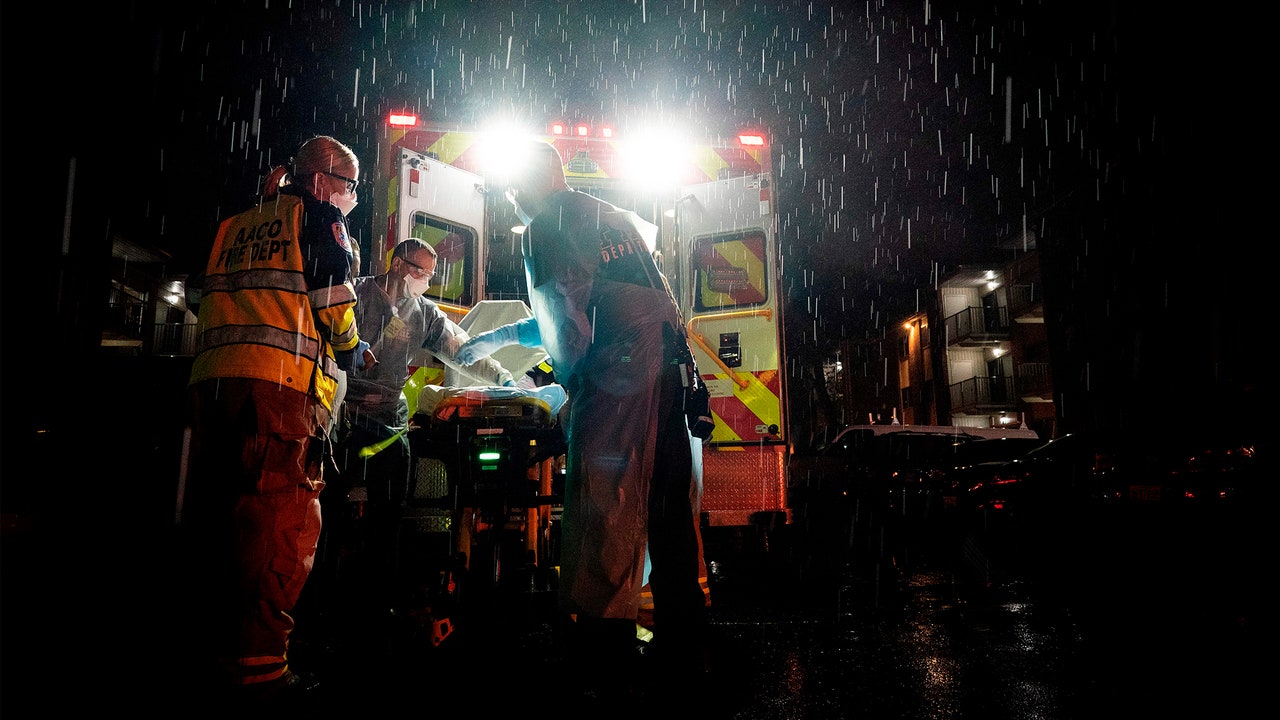
Discussion
This analysis found that most large clusters of rapid HIV transmission in the United States occur primarily among MSM. Such clusters were characterized by rapid growth and transmission rates more than six times those of previously estimated national rates (3).
The presence of an HIV cluster indicates a failure of treatment and prevention services to reach certain communities. HIV cluster detection and response activities can quickly identify rapid HIV transmission, including among MSM, and support early interventions that increase access to prevention and care services and improve health outcomes. These interventions should improve access and strengthen linkages to HIV testing, preexposure prophylaxis, and timely HIV treatment. Most clusters in this analysis were small at the time of detection, indicating an opportunity for these early interventions to uncover and address gaps in HIV services, remove any barriers to those services, and interrupt rapid transmission among MSM and others.
A recent analysis indicated that the characteristics of persons in HIV molecular clusters can vary geographically and over time, and that molecular analysis identifies rapid transmission that might not be evident from other surveillance data (6). In this analysis, the disproportionate representation of Black and Hispanic MSM in these clusters mirrored disparities observed in national HIV surveillance data (1); however, the identification of clusters of rapid transmission provides a more local and nuanced understanding of diverse communities of MSM experiencing rapid transmission within larger heterogenous populations (e.g., all MSM). In addition to race and ethnicity, this analysis also identified variations in other characteristics of persons in large clusters primarily among MSM. While most persons in these clusters were cisgender men who reported MMSC, individual clusters also included transgender persons and persons who inject drugs. Health departments detecting and responding to these clusters can rapidly use data ascertained through cluster detection activities,§§§ as well as existing data sources (e.g., partner services data, other communicable disease surveillance data, and behavioral surveillance¶¶¶) or supplementary data collection (e.g., rapid needs assessments, qualitative interviews, and medical record abstraction), to better and more quickly understand affected populations and identify service gaps experienced by persons in these clusters (4,7). Gathering additional quantitative or qualitative data is important to understand and address the differing needs of persons in networks experiencing rapid transmission, including sexual, gender, and racial and ethnic minority groups involved in each cluster.
These cluster-specific data can guide the rapid implementation of response interventions (4). For example, clusters involving both Black and Hispanic MSM would benefit from interventions that address the unique needs and barriers faced by each group, rather than more generalized response activities aimed at broader MSM groups. Further, for clusters that primarily involve MSM but also include persons who inject drugs, response interventions should include activities to prevent both sexual and injection-related transmission. Persons involved in the clusters represented in this analysis vary in their prevention and treatment needs, barriers to accessing services, and experiences of stigma and discrimination (4,7); a single intervention is unlikely to be appropriate for all cluster responses, or for all persons within a cluster.
Clusters were detected in all regions of the country, and many included persons from multiple states, indicating the need for state and local health departments to be equipped to quickly detect and respond to clusters and collaborate with other health departments to address multistate clusters when indicated. CDC provides quarterly notification to jurisdictions about clusters of rapid transmission and supports health departments with guidance, tools, and technical assistance to implement cluster detection activities and build response programs**** that address the needs of MSM and others affected by HIV in their communities.
The findings in this report are subject to at least four limitations. First, incomplete HIV sequence reporting affects local and national cluster detection and characterization (8). Sequences were reported for approximately one half of diagnosed infections in recent years (6). Second, delays in sequence reporting can result in delayed cluster detection, artificially lowering estimates of growth rates for some clusters. Third, because sequences are available only for persons who have received an HIV diagnosis and entered care, persons in molecular clusters typically represent only a fraction of those in underlying transmission networks or in social networks who might have increased chances of acquiring HIV (4). Finally, this analysis does not include all clusters detected using other methods (4).
Most large, rapidly growing HIV clusters occur primarily among MSM. Leveraging cluster data to rapidly identify and implement interventions when clusters are first detected is essential to stopping transmission. Many MSM face barriers to accessing HIV services because of stigma, homophobia, racism, xenophobia, poverty, and limitations in health insurance†††† (1,2). Successful response interventions should aim to eliminate these barriers, quickly close service gaps, and address existing and emerging syndemics affecting MSM, including sexually transmitted infections and monkeypox (9). When mobilized effectively, strategies that engage communities, improve prevention services, and strengthen linkage to care can address the needs of persons in HIV clusters.§§§§ Understanding the diverse populations affected by HIV clusters among MSM is necessary to implementing tailored and robust response interventions, stopping transmission, and preventing new HIV infections in this population.








